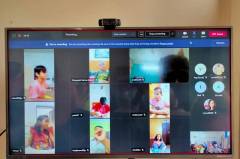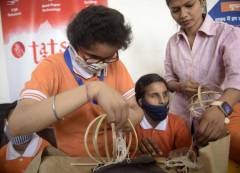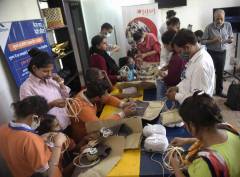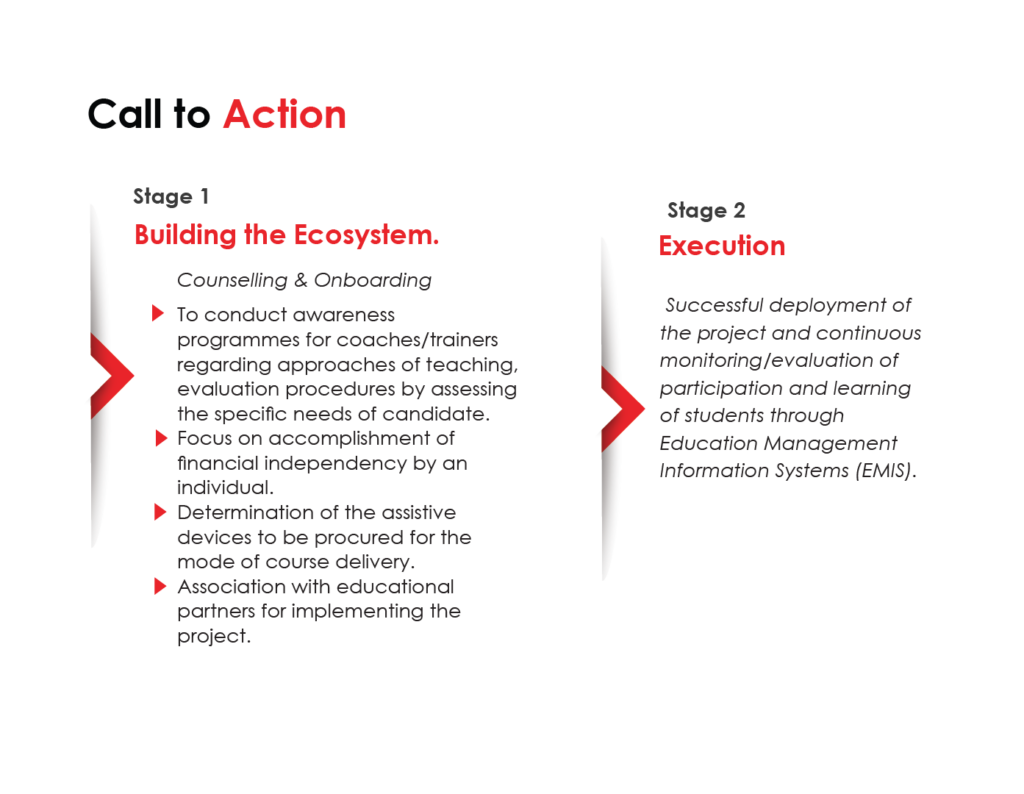Hindi and English Speed Typing Competition using Assistive Technology for Students with Visual Impairment
Project Summary
Tatsat Foundation in Partnership with Saksham School, Noida, organized a Speed Typing Competition for visually impaired students of various age groups which were determined by the class grade in which they are studying. It was India’s first such competition that was aimed at empowering students with visual impairment through assistive technology by organising a national-level annual Computer Speed and Accuracy competition for school-aged children.
More than 50 students from Rajasthan, Haryana, Punjab, Andhra Pradesh, and Delhi, among others, took part in the one-day competition. The winners were given cash prizes apart from medals and certificates.
































assistive_technology_student_37
assistive_technology_student_1
assistive_technology_student
assistive_technology_student_19
assistive_technology_student_55
assistive_technology_student_53
assistive_technology_student_52
assistive_technology_student_54
assistive_technology_student_3
assistive_technology_student_7
assistive_technology_student_10
assistive_technology_student_11
assistive_technology_student_12
assistive_technology_student_15
assistive_technology_student_20
assistive_technology_student_24
assistive_technology_student_29
assistive_technology_student_35
assistive_technology_student_56
assistive_technology_student_36
assistive_technology_student_38
assistive_technology_student_39
assistive_technology_student_50
assistive_technology_student_41
assistive_technology_student_42
assistive_technology_student_43
assistive_technology_student_44
assistive_technology_student_45
assistive_technology_student_46
assistive_technology_student_47
assistive_technology_student_49
assistive_technology_student_51








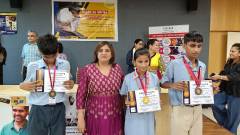









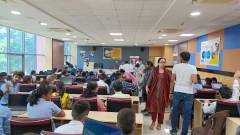










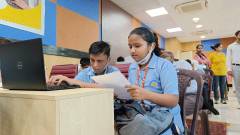


India being home to around 20% of the visually impaired population, it’s important to provide youngsters with pedagogical and technological assistance so that they are equipped with the necessary knowledge and skills for assimilating with the mainstream workforce of the country in the future
Project Objectives:
- To generate interest in assistive technology within the visually impaired community.
- To motivate students with visual impairment to learn, practise and refine their Braille and assistive technology skills.
- To create a platform where these skills are rewarded and overtly acknowledged as indispensable and crucial to the independent living and functioning of people with visual impairment.
- The speed and accuracy aspect of the competition intends to encourage the students to develop the requisite skills to do their schoolwork, assignments, tests and exams independently using assistive technology.
- To prepare students with the technical skills that will enable them to become valuable members of the workforce in the future.
The rationale behind organizing this event is to sensitize the community and motivate the students to adopt the latest assistive technology solutions instead of depending on traditional Braille for their education
The rationale behind organizing this event is to sensitize the community and motivate the students to adopt the latest assistive technology solutions instead of depending on traditional Braille for their education.
Project Aim :
Encouraging the students who have chosen to become independent in reading and writing by using Assistive technology instead of relying on scribes to write their assignments and examinations.
Project Details :
Students were divided into three categories
- Sub-junior (grades 3-5)
- Junior (grades 6-9)
- Senior (grades 9-12)
The students were given worksheets to transcribe on their laptops with the help of a reader that was provided by the organisers. The students are judged based on speed, accuracy, and basic formatting.
In total competition was held in seven categories:
| EVENTS & CATEGORIES | ||
| S. No. | EVENT | CATEGORY |
| 1 | English Speed & Accuracy competition | Sub Junior (Grade 3 to Grade 5) |
| 2 | English Speed & Accuracy competition | Junior (Grade 6 to Grade 8) |
| 3 | English Speed & Accuracy competition | Senior (Grade 9 to Grade 12) |
| 4 | Hindi Speed & Accuracy competition | Sub Junior (Grade 3 to Grade 5) |
| 5 | Hindi Speed & Accuracy competition | Junior (Grade 6 to Grade 8) |
| 6 | Hindi Speed & Accuracy competition | Senior (Grade 9 to Grade 12) |
| 7 | English Orbit Speed and accuracy competition | Junior (Grade 6 to Grade 8) |
Winners and Awards :
- Three winners were chosen from each of the seven categories and were given cash awards, medals, and certificates.
- First, second, and third prize winners received a cash prize of Rs.7,000, Rs.5,000, and Rs.3,000 respectively.
- All winners received medals along with cash prizes.
- All participants in the competition received certificates of participation in appreciation of their efforts.
- The title of “Fastest Fingers” was awarded to the student who won the maximum number of medals.
- The school with the maximum number of winners was awarded the “Best Participating School” title
Winners of the Competition
| S.No | Winners | No.of Medals | Category | School Name |
| 1 | Hitesh Dagar | 2 | Sub-Junior | DAV Public School |
| 2 | Vatshal | 1 | Sub-Junior | Sunrise Ville school |
| 3 | Yusuf Zaman | 2 | Sub-Junior | Vibgyor High School |
| 4 | Hari Om | 2 | Junior | Salwan Public School |
| 5 | Madhubanti Rohit | 1 | Junior | Nethra Vidyalaya |
| 6 | Anmol Narula | 2 | Junior | Tulsi Public School |
| 7 | Ashvin Rajesh | 1 | Senior | Mount Carmel School |
| 8 | Pranam Srivastava | 2 | Senior | Millennium School |
| 9 | Naman Khetrpal | 1 | Senior | Pathway World School |
| 10 | Aman Kumar | 1 | Sub-Junior | Tagore International School |
| 11 | Rahul Kumar | 1 | Junior | Dharam Public School |
| 12 | Tejasvi Raj | 1 | Junior | D.P.S.R.K.Puram |
| 13 | Rohit Saini | 1 | Senior | Rajasthan Netraheen Kalyan Sangh |
| 14 | Pallavi Adhikari | 1 | Senior | Salwan Public School |
| 15 | Akash | 1 | Junior | Cambridge School |
| 16 | Pari Kumari | 1 | Junior | Salwan Public School |
Special Prize
- SAKASHAM SCHOOL was awarded the “Best Participating School” title Won 14 Medals
- Anmol Narula was awarded the title of “Fastest Fingers”





































